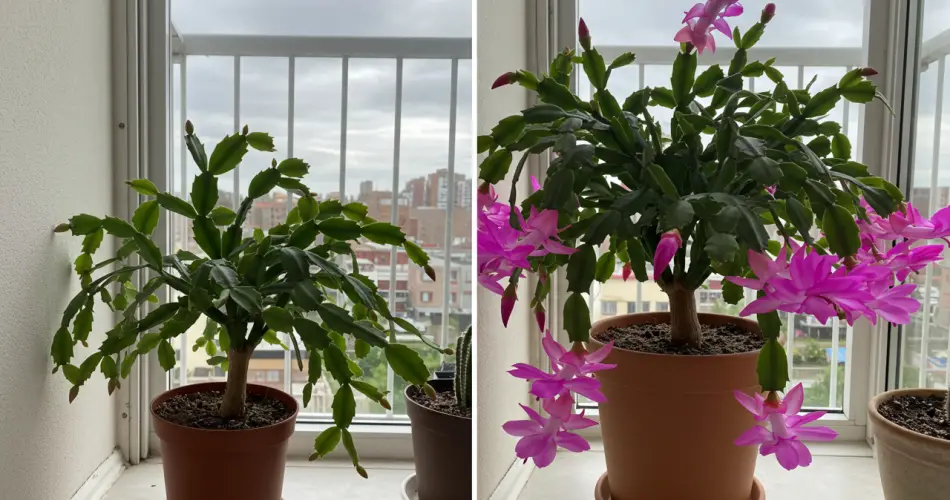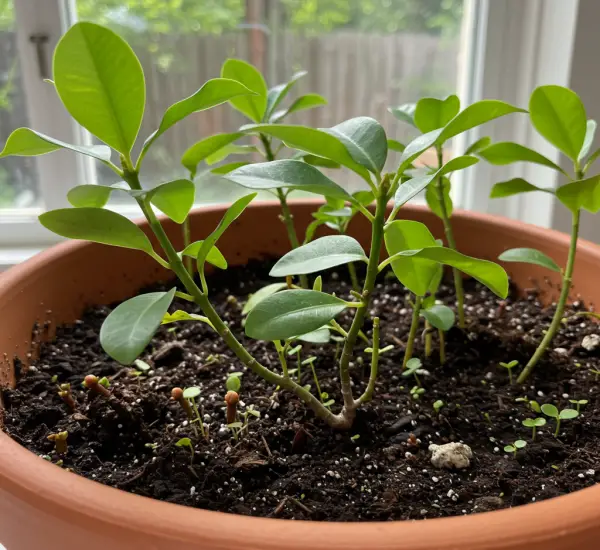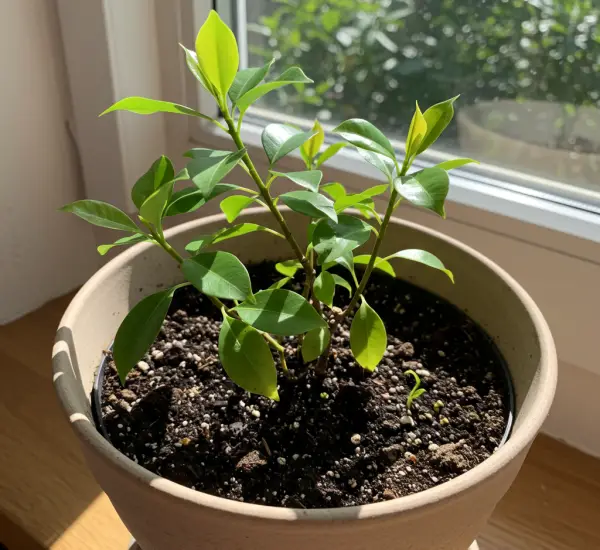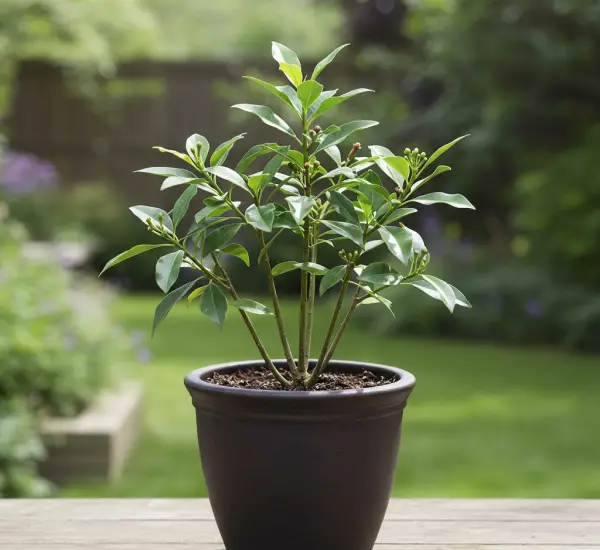Can a cactus really bloom continuously, producing endless, colorful flowers? The answer is yes — if you understand its natural rhythms and give it the right care. With a few simple and natural tricks, you can transform your cactus into a stunning plant covered with blossoms all year round, without resorting to chemicals or complex treatments.
The Secret Beauty of Flowering Cacti
Cacti and other succulents are beloved for their resilience and striking shapes. They are low-maintenance plants capable of surviving in harsh conditions — but even they have limits. Many people think of cacti as hardy desert dwellers that thrive on neglect, but that’s only part of the story.
While these plants can withstand dry environments, cold temperatures are among their greatest enemies. In winter, improper care can easily cause stress or even death. Yet, when treated correctly, a cactus can reward you with spectacular blooms, even during the cold months. Understanding its needs is the key to keeping it not just alive, but thriving — bursting with flowers naturally.
Ideal Growing Conditions for Endless Blooms
Cacti belong to the succulent family and, depending on the variety, many species actually come from tropical regions like Brazil, where warmth, humidity, and indirect sunlight are abundant. These conditions are far from what most people imagine when they think of desert plants.
To replicate their native environment, aim for a temperature between 15°C and 23°C (59°F–73°F). Keep your cactus in a bright area, but avoid direct sunlight that can scorch the plant. A spot near a window filtered by a light curtain is ideal.
If you live in a mild climate, your cactus can spend part of the year outdoors, as long as it’s sheltered from frost. When temperatures drop sharply, bring it indoors or protect it with a transparent cover to keep it safe from the cold.
After watering, always allow the soil to dry out completely. Excess water is the cactus’s worst enemy — stagnant moisture causes the roots to rot. If your home is particularly dry, you can place a tray filled with pebbles and a bit of water under the pot. As the water evaporates, it creates a humid microclimate that helps the plant breathe better.
The Natural Way to Boost Flowering
In their natural habitat, cacti grow in well-draining soil rich in minerals but poor in organic matter. To help them bloom endlessly, your soil should mimic that composition: loose, airy, and slightly sandy. You can find special cactus potting mixes at garden stores, or make your own by combining regular soil, sand, and a bit of perlite.
But here’s a simple and surprising natural trick: use sugar as fertilizer. Dissolve a small teaspoon of sugar in the water you use to irrigate your cactus. Sugar acts as a natural energy booster, feeding the plant and stimulating its metabolism. This extra nourishment supports both healthy growth and abundant flowering.
Remember, though, that fertilizing should stop once the blooming period ends. Most cacti, especially species like the Christmas cactus, enter a resting phase after flowering. During this period, they prepare for the next growth cycle, storing energy for future blooms.
Light and Temperature: The Flowering Triggers
To help your cactus naturally produce buds, you must simulate the environmental signals it would receive in the wild. One of the most effective ways is to manipulate light exposure.
Cacti that bloom in winter, such as the Christmas cactus, benefit from cooler nights and longer periods of darkness before flowering. For about four weeks, place your cactus in a darker area for 12 to 14 hours each day. If you don’t have a suitable dark space, simply cover the plant with a box or a light cloth at night.
This darkness period triggers the cactus’s internal clock, signaling that it’s time to prepare for blooming. After a few weeks, you’ll notice tiny buds forming at the tips of its stems — the promise of spectacular flowers ahead.
Once the buds appear, move the cactus back to its usual bright location and resume normal watering. However, avoid handling it too much, as cacti can be sensitive to movement and may drop their buds if disturbed. Keep it away from heat sources like radiators or stoves, and ensure consistent humidity and temperature.
Caring for a Resting Cactus
After blooming, allow your cactus to rest. During this stage, reduce watering and stop fertilizing. The plant will use this quiet period to rebuild its strength for the next cycle. This rhythm of flowering, resting, and renewal is what allows it to bloom year after year — even endlessly, if conditions are right.
Every time the cactus completes this cycle, it becomes stronger, more resilient, and capable of producing more blossoms. With patience and consistent care, your plant will transform into a vibrant spectacle of color that returns faithfully each season.
In Conclusion
Having a cactus full of flowers all year long isn’t just a gardener’s dream — it’s entirely possible with natural care. Maintain a balance of warmth, light, and moderate water. Feed it occasionally with a little sugar, respect its rest periods, and protect it from the cold.
In return, your cactus will thank you with endless, breathtaking blooms — proof that even the toughest plants can show incredible beauty when treated with gentle, attentive care.



